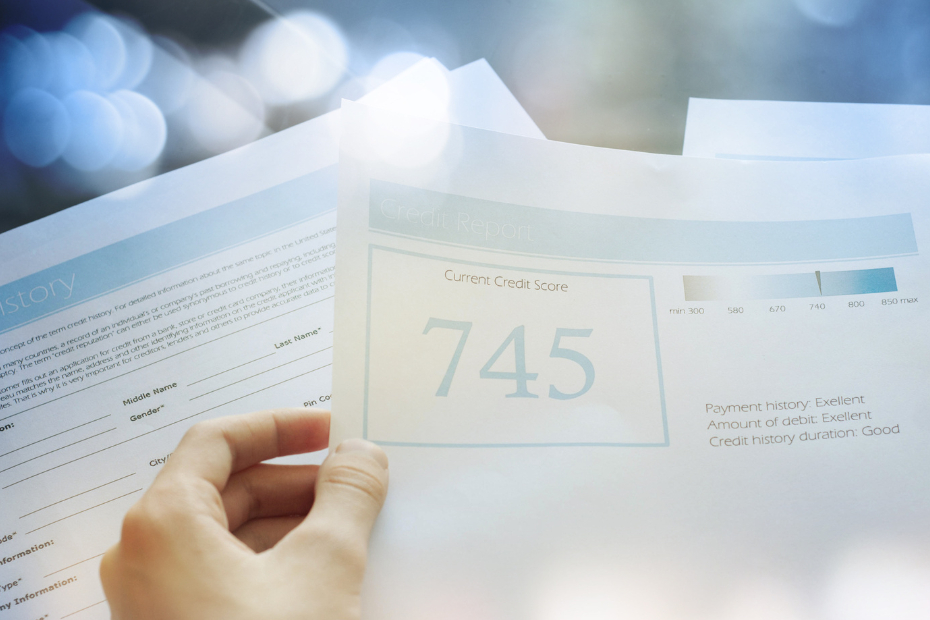Published July 13, 2023 • 4 Min Read
Whether you’re considering buying your first home, a new car, or financing your education, borrowing money to achieve your goals can be an effective strategy. It may feel intimidating initially, but taking the time to understand the basics of borrowing and the borrowing process, can help you make a lifetime of informed financial decisions.
There are several elements to know and consider when borrowing money:
Principal
The principal is the loan amount — the amount of money the bank is lending you and is often referred to as the principal loan amount. When you borrow money from the bank, you repay the principal amount plus interest charges.
Interest rates
The next fundamental of borrowing is understanding interest rates. When you borrow money, the lender charges interest, also known as the “cost of borrowing.” Interest rates can be fixed or variable.
-
A fixed interest rate is set when the loan is taken out and remains the same throughout the payback period. Payment amounts are set in advance, so you’ll know precisely how much your payments will be
-
A variable interest rate can fluctuate monthly or quarterly based on the Bank of Canada’s prime interest rate. If interest rates fall, more of your payment is applied to reduce the principal; if rates go up, more of your payment is applied to paying interest
Loan term
The loan term (or amortization period) is the length of time you have to repay the money you borrowed. It can range from a few months to several years, depending on the type of loan you take out. If you shorten the term of your loan, your monthly payments will likely be higher, but you may pay less in interest charges over time. On the flip side, if you take out a loan with a longer loan term, your monthly payments may be lower but you’ll incur more interest charges over the duration of the loan.
Types of loans
When looking to borrow money, it is important to understand the difference between secured and unsecured loans.
-
Secured loans, such as auto loans, are backed by an asset. These loans typically offer lower interest rates, as the risk to the bank is lower
-
Unsecured loans, such as personal loans and credit cards, do not require collateral and may charge higher interest rates as they may be riskier for the bank
Common loan types include mortgages, personal loans, car loans, student loans, debt consolidation loans, lines of credit and credit cards, to name a few. Understanding the specific features and terms of each type of loan will help you choose the one that is right for your needs.
Credit score
When you need to borrow money, lenders typically run a credit check to help them assess your risk. A credit score is one tool they can use to see how much risk they’re taking on by lending you money. A high or good credit score might indicate you’re a good potential borrower. A lower score might indicate more risk, so the lender may give you a higher interest rate. Maintaining a good credit score by managing your credit responsibly can help increase your chances of securing a loan.
While saving for your financial goals is always a sound strategy, we can’t always predict the timing of our needs. Borrowing money can help you reach your goal today, allowing you to pay it back in regular installments over time. When managed responsibly, borrowing can be an effective tool to help you reach your financial goals.
If you have questions about a borrowing need, speak with an RBC Advisor today, at any of our branches.
This article is intended as general information only and is not to be relied upon as constituting legal, financial or other professional advice. A professional advisor should be consulted regarding your specific situation. Information presented is believed to be factual and up-to-date but we do not guarantee its accuracy and it should not be regarded as a complete analysis of the subjects discussed. All expressions of opinion reflect the judgment of the authors as of the date of publication and are subject to change. No endorsement of any third parties or their advice, opinions, information, products or services is expressly given or implied by Royal Bank of Canada or any of its affiliates.
Share This Article






